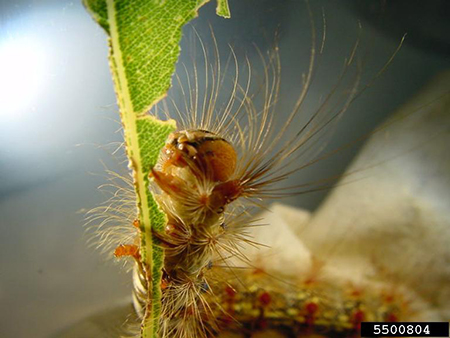Exotic environmental pests are weeds, animals or diseases that are not present in Australia. Sometimes, they have recently arrived, and we are trying to eradicate them.
Discover why environmental biosecurity is everyone’s business
Exotic invasive species
We call invasive species that have not yet established in Australia exotic environmental pests. Environmental biosecurity helps us prevent these pests from entering, establishing and damaging our environment.
Some exotic invasive species were deliberately introduced many years ago. Rabbits and foxes are just two examples. Because of the ideal conditions in Australia, their populations exploded. Now they have become established pests. Governments, communities and producers spend millions each year trying to manage these pests. It’s much more cost effective to prevent invasive species from entering in the first place.
Australia’s relative isolation has helped us keep some of the world’s most damaging environmental pests out. However, pressures from climate change, as well as increasing global movement of trade, mean we can’t keep relying on our isolation to protect us.
Priority exotic pests
There are many thousands of exotic species that have the potential to become an invasive pest in Australia. Not every exotic species that enters the country will automatically become a pest or damage the environment. However, we have identified which species have the highest risk of causing the significant damage if they were to enter.
The National Priority List of Exotic Environmental Pests, Weeds and Diseases (EEPL) reflects our current priorities for environmental pests.
How we invest in prevention
A range of initiatives help keep damaging pests out of Australia.
- The Environmental Biosecurity Project Fund (EBPF) invests in projects that build Australia’s capacity to deal with exotic environmental pests, weeds and diseases.
- Hitchhiker pest program looks specifically at pests that can be carried via sea containers, their cargoes and associated packaging.
- Northern Australia Quarantine Strategy (NAQS) provides an early warning system for exotic pests, weeds and disease and to help address unique biosecurity risks facing northern Australia.
- The national list of notifiable animal diseases shows major threats to Australian livestock industries, some of which impact wildlife.
- The National Priority Plant Pest List includes plant pests and diseases that impact plants in the environment.
- Australia's National Strategic Plan for Aquatic Animal Health sets out national priorities to strengthen Australia’s aquatic animal health management systems.
Discover the department’s priorities for marine pests and aquatic animal diseases.
Report an exotic environmental pest
You can report an exotic environmental pest at the Outbreak website.
This site also contains up-to-date information on current biosecurity outbreaks
See more
- Find out how we manage environmental biosecurity
- Explore how environmental biosecurity fits into the Australian biosecurity system
- See our initiatives for established pests and weeds.

